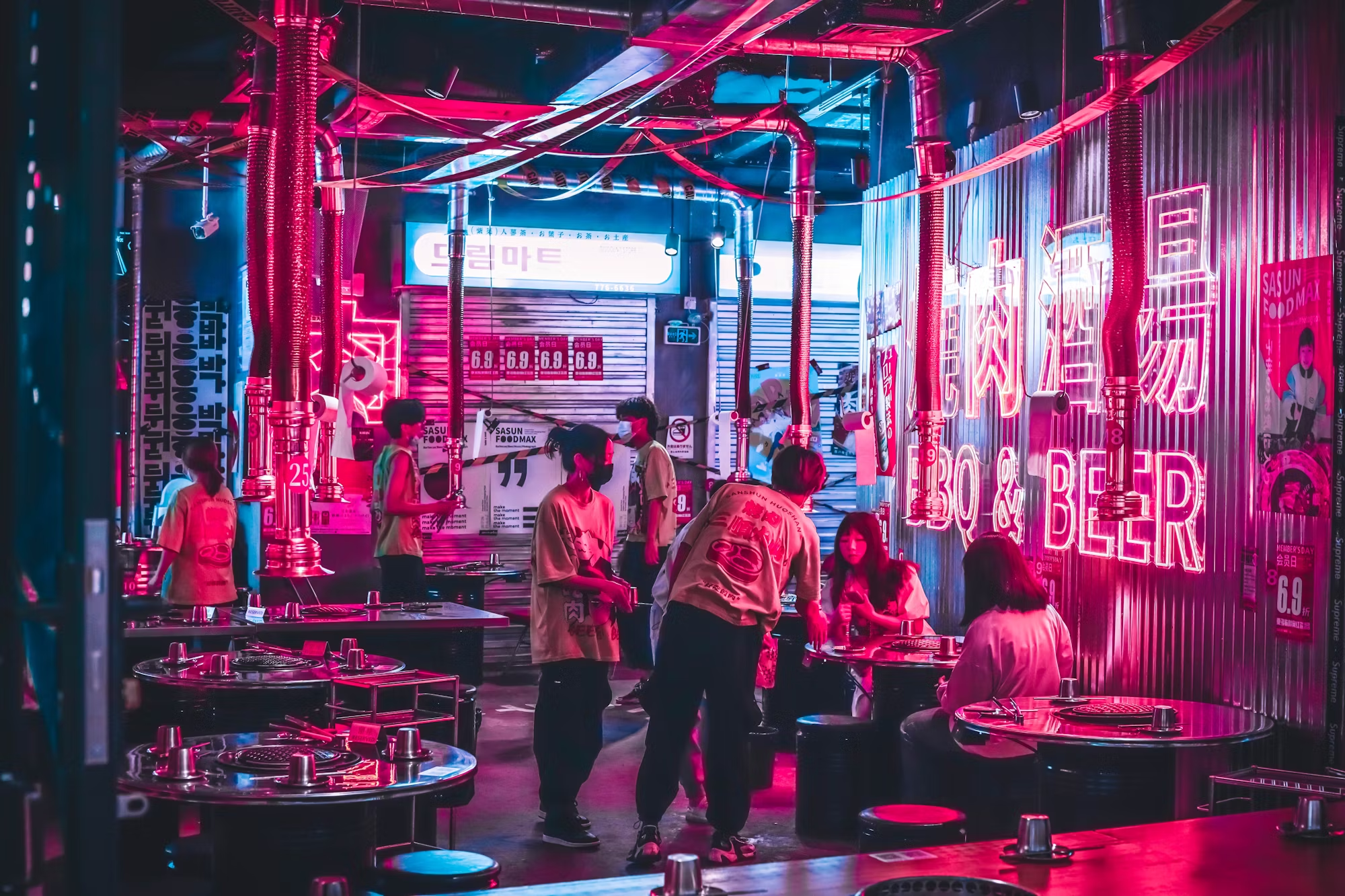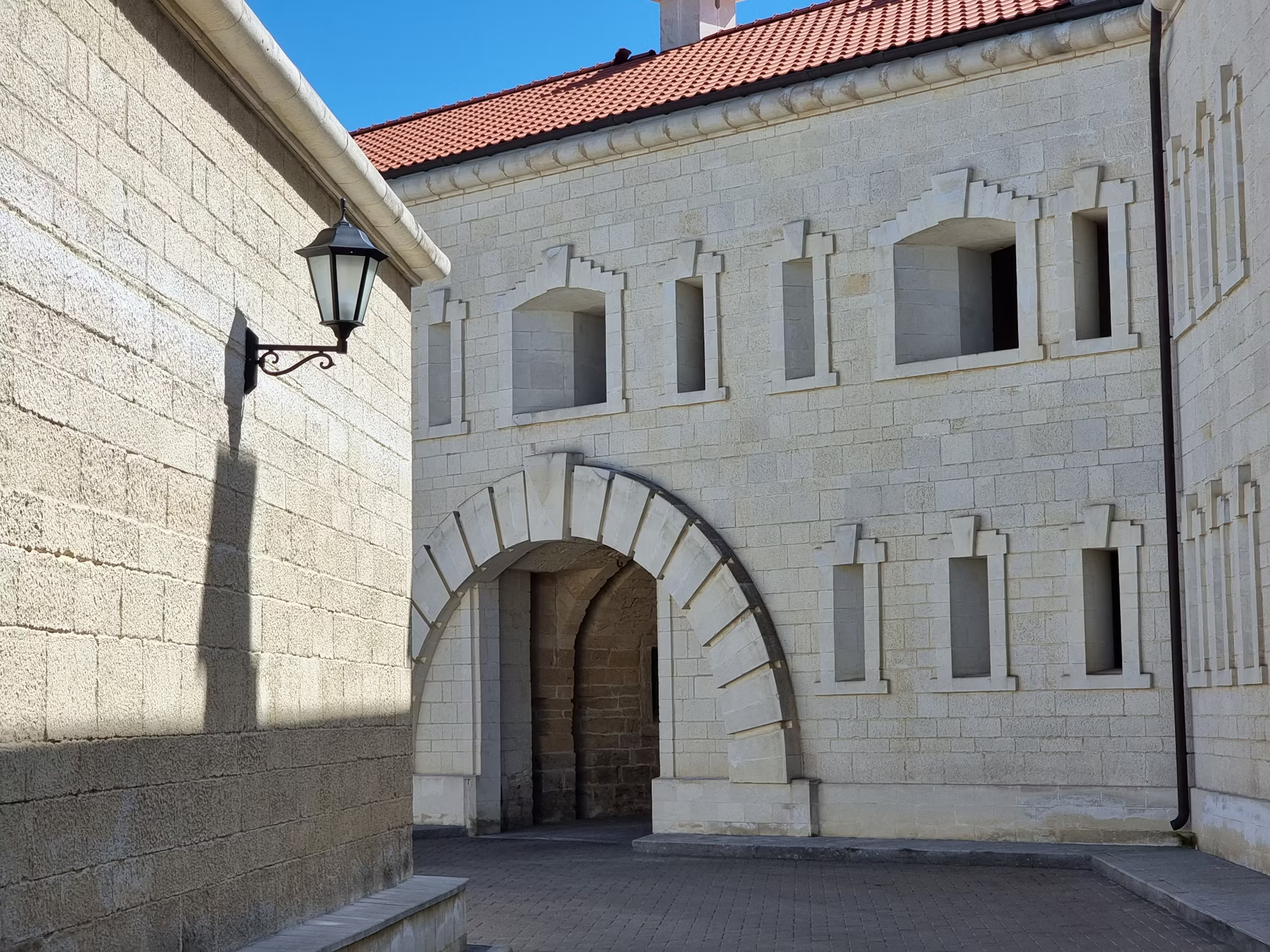In the realm of cyberpunk, art and aesthetics serve as vital components that shape both the narratives and the cultural identity of the genre. From the vivid neon lights illuminating rain-soaked streets to the intricate designs of cybernetic enhancements, the visual elements of cyberpunk create a distinctive atmosphere that captivates audiences and reflects the complexities of a technologically advanced society. This article delves into the profound impact of art and aesthetics on cyberpunk culture, exploring how these elements contribute to the genre’s storytelling and societal commentary.
At its core, cyberpunk aesthetics are characterized by a juxtaposition of high technology and urban decay. Skyscrapers adorned with holographic advertisements rise above crumbling infrastructure, symbolizing a society where progress coexists with neglect. This visual dichotomy not only creates a compelling backdrop for stories but also serves as a critique of contemporary societal values. By emphasizing the contrast between technological advancement and human experience, cyberpunk art invites audiences to reflect on the implications of a future dominated by corporate interests and rampant consumerism.
The use of color in cyberpunk is particularly striking, with neon hues dominating the visual landscape. These vibrant colors evoke a sense of energy and excitement, while simultaneously conveying a feeling of artificiality and disconnection. The interplay of light and shadow creates an immersive environment that mirrors the complexities of the characters’ lives. Through this visual language, cyberpunk art captures the emotional weight of the narratives, inviting viewers to engage with the struggles and triumphs of the protagonists.
Furthermore, the aesthetic choices in cyberpunk often reflect the diverse cultural influences that shape its narratives. The blending of Eastern and Western elements is a hallmark of the genre, with characters and environments drawing inspiration from various cultural traditions. This cultural hybridity not only enriches the storytelling but also reflects the interconnectedness of global societies in an increasingly digitized world. Cyberpunk art celebrates this diversity, showcasing a tapestry of identities and experiences that resonate with audiences from different backgrounds.
The role of technology in shaping artistic expression within cyberpunk cannot be overlooked. The genre often explores the relationship between humans and machines, highlighting the ways in which technology influences creativity and self-expression. Characters may utilize advanced tools to create stunning visual art, music, or virtual experiences, blurring the line between creator and creation. This exploration of the artistic process raises questions about authenticity and the impact of technology on human creativity, prompting audiences to consider how their own artistic expressions are shaped by the tools at their disposal.
Moreover, the narrative structure of cyberpunk often mirrors its aesthetic qualities, with stories characterized by fragmented timelines and nonlinear storytelling. This approach reflects the disorientation experienced by characters navigating complex urban landscapes filled with technological wonders and dangers. The interplay of visuals and narrative form creates a rich tapestry that invites viewers to engage with the material on multiple levels, fostering a deeper understanding of the themes at play.
As cyberpunk narratives unfold, they often address pressing social issues through the lens of art and aesthetics. Themes such as surveillance, identity, and corporate control are prevalent, with visual representations serving as a powerful means of critique. For instance, the portrayal of surveillance technologies in urban environments raises questions about privacy and individual freedom. Characters may find themselves constantly monitored, prompting reflections on the ethical implications of living in a society where personal data is commodified. Through these visual and narrative explorations, cyberpunk art encourages audiences to consider the implications of technological advancement on their own lives.
The relationship between art and activism is another crucial aspect of cyberpunk culture. Many characters within these narratives engage in acts of resistance, using their artistic talents to challenge oppressive systems and advocate for social change. Street art, for example, becomes a powerful tool for self-expression and dissent, allowing individuals to reclaim public spaces and voice their frustrations. This intersection of art and activism underscores the importance of creativity in navigating the complexities of a rapidly evolving society, reminding audiences that art can serve as a catalyst for change.
As we reflect on the role of art and aesthetics in shaping cyberpunk culture, it becomes evident that these elements are more than mere embellishments; they are integral to the genre’s identity and impact. The visual language of cyberpunk invites viewers to immerse themselves in complex narratives that address pressing societal concerns while also celebrating human creativity and resilience. The interplay of technology, culture, and artistic expression creates a rich tapestry that resonates with audiences, prompting them to engage critically with the themes and issues at the heart of the genre.
In conclusion, the exploration of art and aesthetics in cyberpunk culture reveals the profound influence these elements have on the narratives and identities within the genre. As cyberpunk continues to evolve, its visual language remains a powerful means of storytelling, reflecting the complexities of a world increasingly shaped by technology and societal change. By examining the aesthetic choices and cultural influences that define cyberpunk, we gain valuable insights into the genre’s enduring relevance and its ability to provoke thought and inspire action. The art of cyberpunk not only shapes the narratives but also invites audiences to reflect on their own relationship with technology, identity, and creativity in an ever-changing world.










